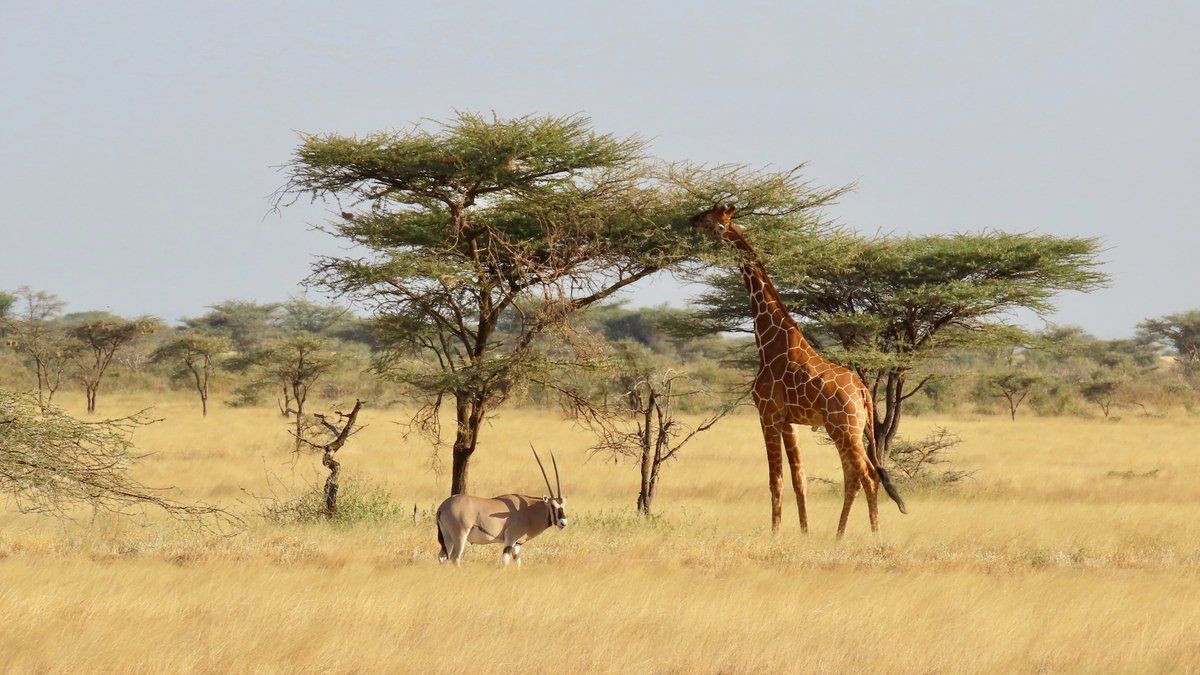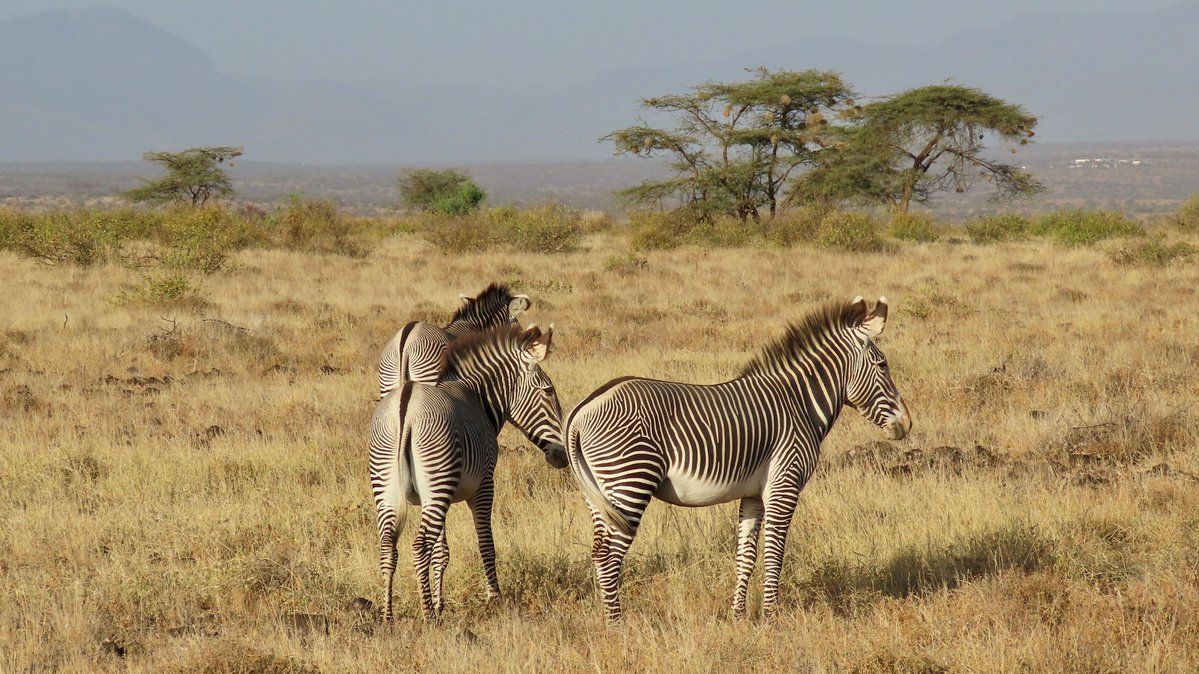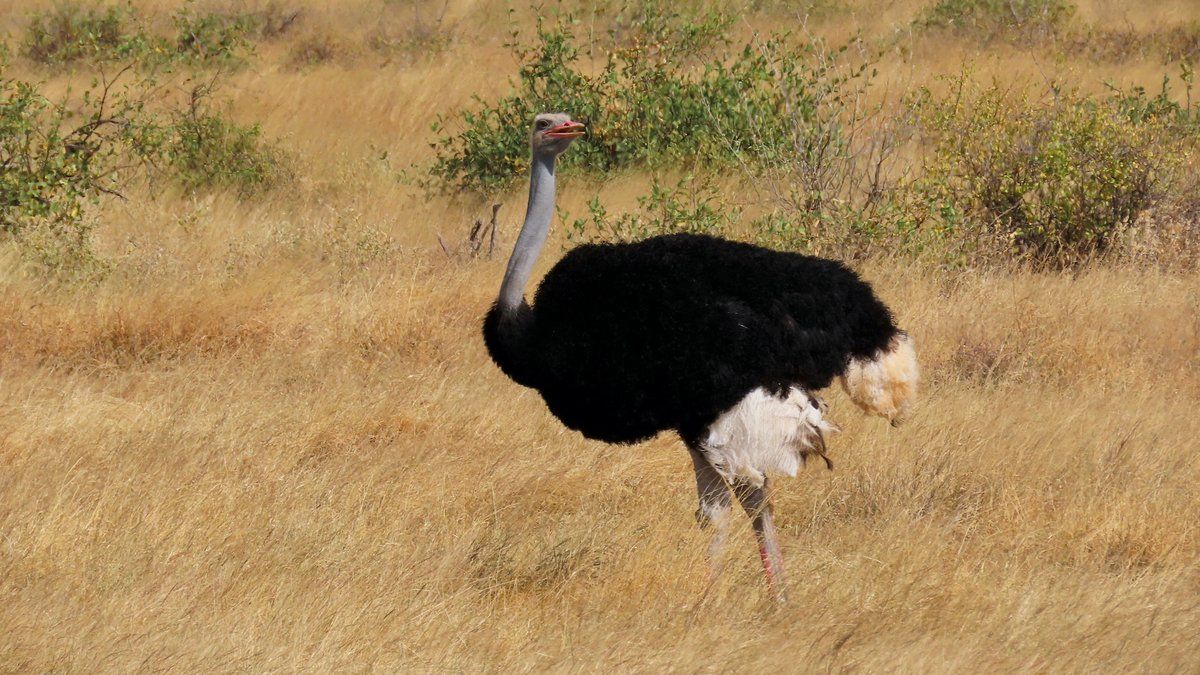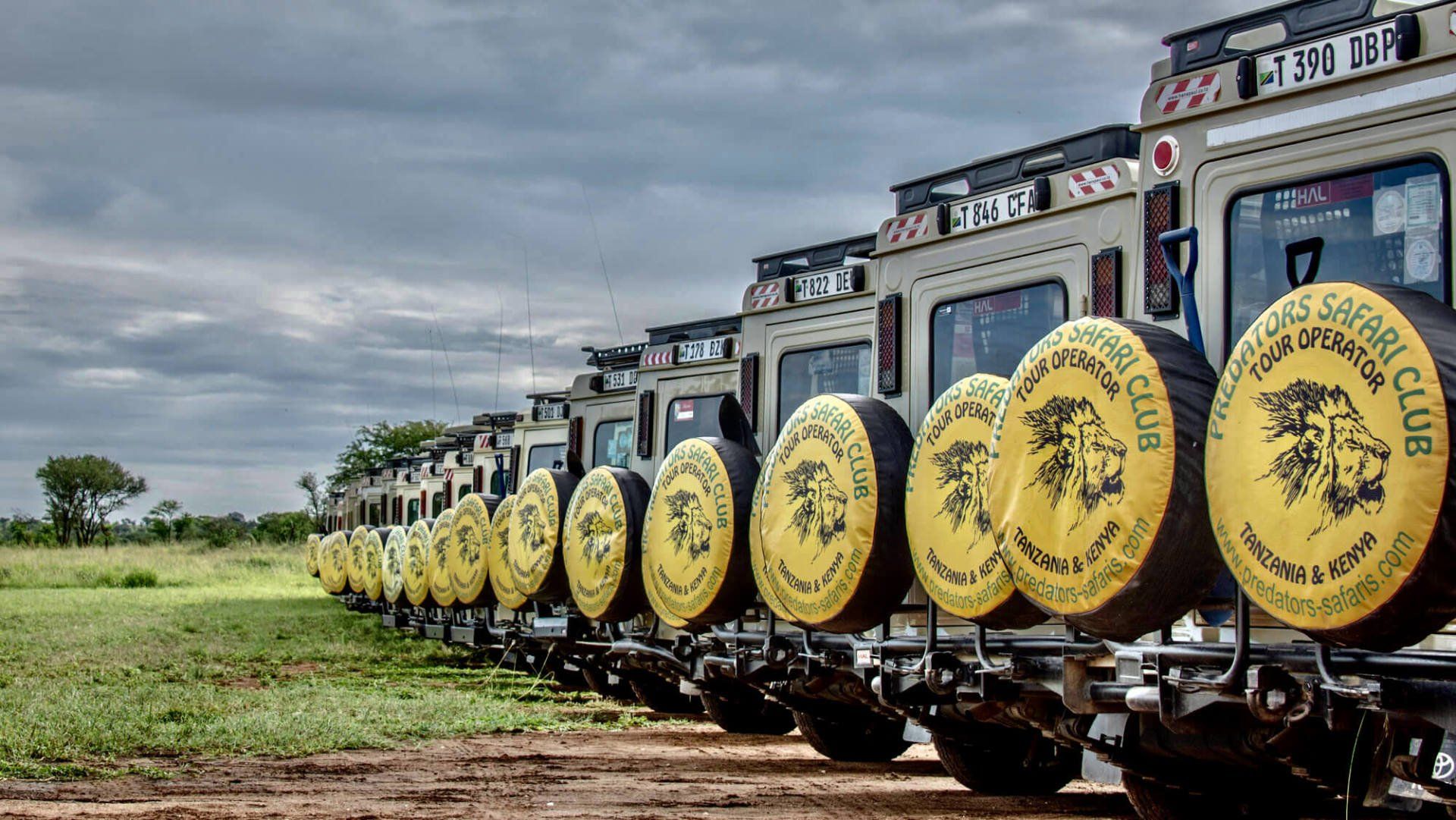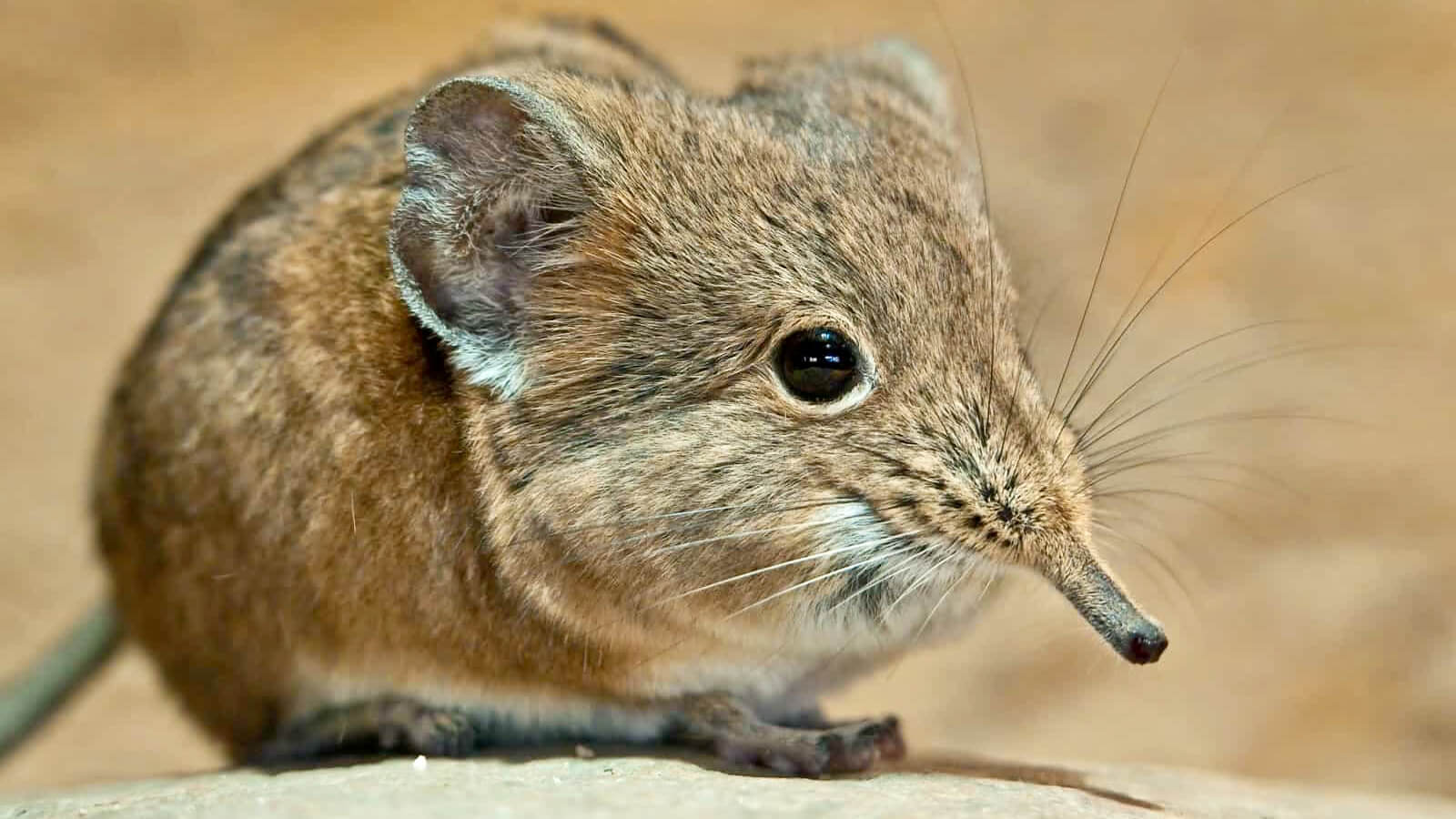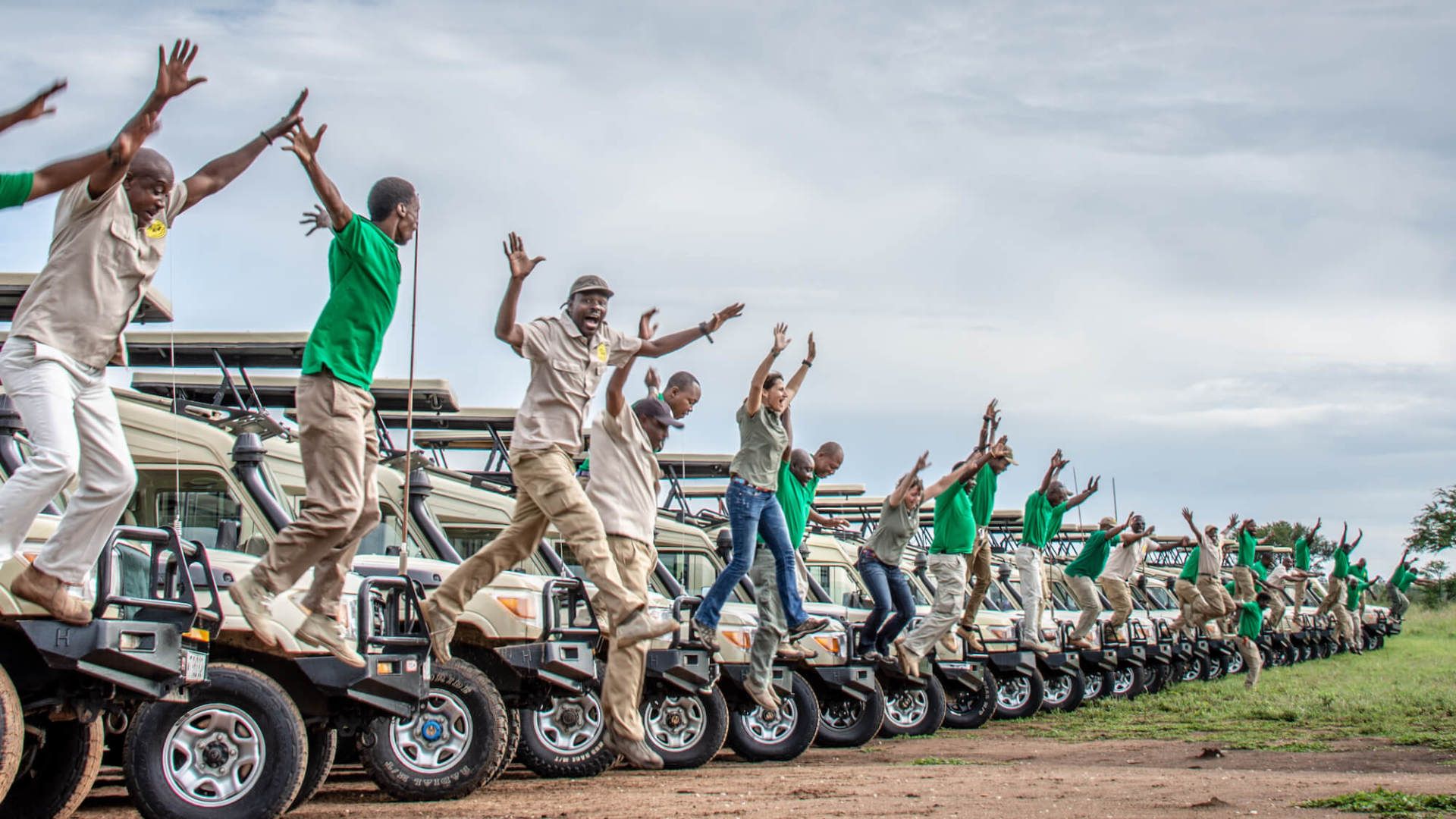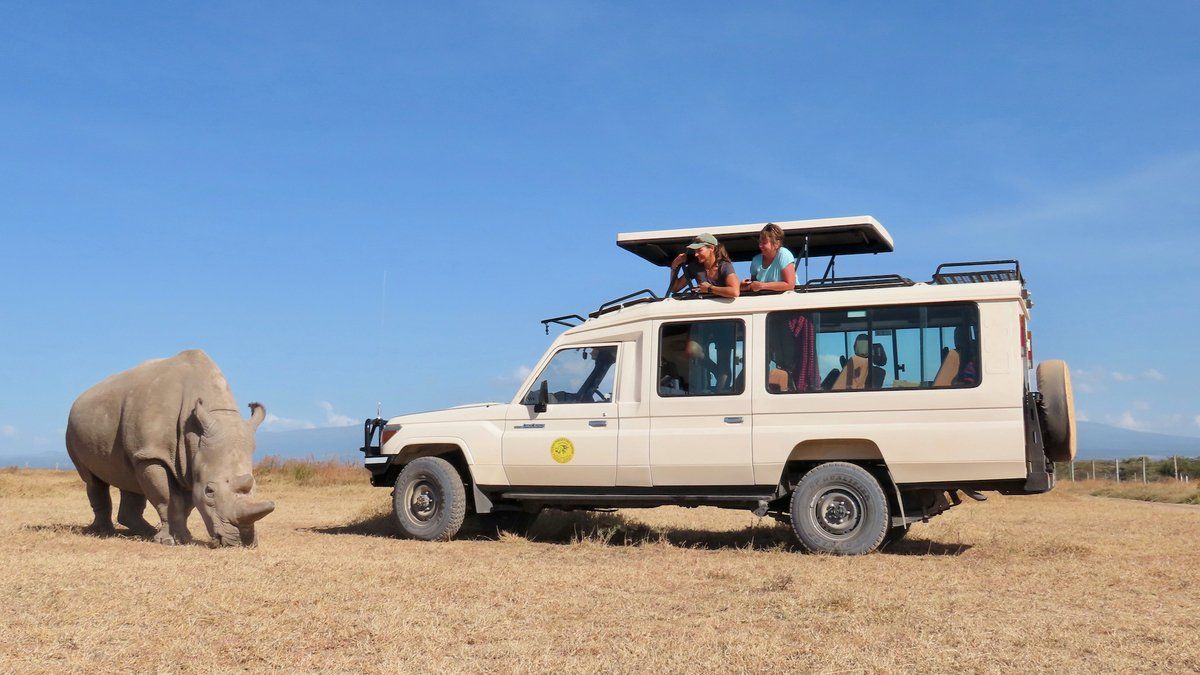Blog Layout
WILDLIFE HIGHLIGHTS:
Several dry-country adapted mammals that don't occur in most Kenyan parks can be found here. The Reticulated giraffe has a more striking pattern than the common Masai giraffe. Beisa Oryx is particularly well adapted to arid conditions. The Gerenuk, with its elongated neck, is able to stand on its hind legs to reach sparse leaves. Both the common Burchell’s zebra and the bigger Grevy’s zebra are found alongside each other.
THE SAMBURU 5:
THE RETICULATED GIRAFFE
The reticulated giraffe makes its home in Somalia, southern Ethiopia, and northern Kenya. There are only about 8,500 left in the world. Shorter than the more common Masai giraffe, the reticulated giraffe’s spots are easily identifiable. They are shaped like polygons with straight, smooth sides, and are lighter brown in color.
GREVY’S ZEBRA
With only about 2,000 left in the wild, the Grevy’s zebra, which used to inhabit the plains of Somalia, Ethiopian, Djibouti, and Kenya are now confined to Southern Ethiopia and Northern Kenya. They are the largest of the wild equines and has a more mule-like appearance than the other zebra species. Their black and white stripes are narrow and close together, but their belly’s and base of the tail lack stripes – a characteristic unique to the Grevy’s zebra.
SOMALI OSTRICH
In 2014, the Somali Ostrich was declared a distinct species of ostrich, setting itself apart from the common ostrich.The large flightless bird is identified by its gray-blue neck and thighs. During the mating season, the blue on males becomes a bright blue. While its numbers are shrinking, it can still be found in the Horn of Africa.
BEISA ORYX
There are two subspecies of the beisa oryx – the common beisa oryx found throughout the Horn of Africa and north of the Tana River, and the fringe-eared oryx found south of the Tana River in southern Kenya and Tanzania. Its coat is gray with a white belly and legs separated by a stripe of black, and thin, straight horns that are found on both the males and females.
GERENUK
The gerenuk is an antelope with an exceptionally long giraffe-like neck. It feasts on leaves and shoots, flowers, fruits, and buds and can go its entire life without drinking water, enabling them to survive in dry desert areas and scrublands. Currently, there are around 95,000 gerenuks among four countries.
ACTIVITIES IN SAMBURU:GAME DRIVES
The lush vegetation along the Ewaso Nyiro River attracts plenty of wildlife. There are several weird and wonderful wildlife species endemic to this area such as the gerenuk, oryx, reticulated giraffe, Somali ostrich, and the endangered Grevy's zebra.
BIRDING
The park has over 450 bird species. The lesser kestrel and the Taita falcon are species of international conservation concern and they are both found in the reserve. Other endangered species found here are the African darter, great egret, white-headed vulture, martial eagle and the yellow-billed ox-pecker.
CULTURAL TOURS
Visit the local Samburu villages where you can get a chance to interact with the colorful Samburu people in their traditional setting and experience their culture. This is an excellent opportunity to purchase traditional Samburu souvenirs, art and collectables.
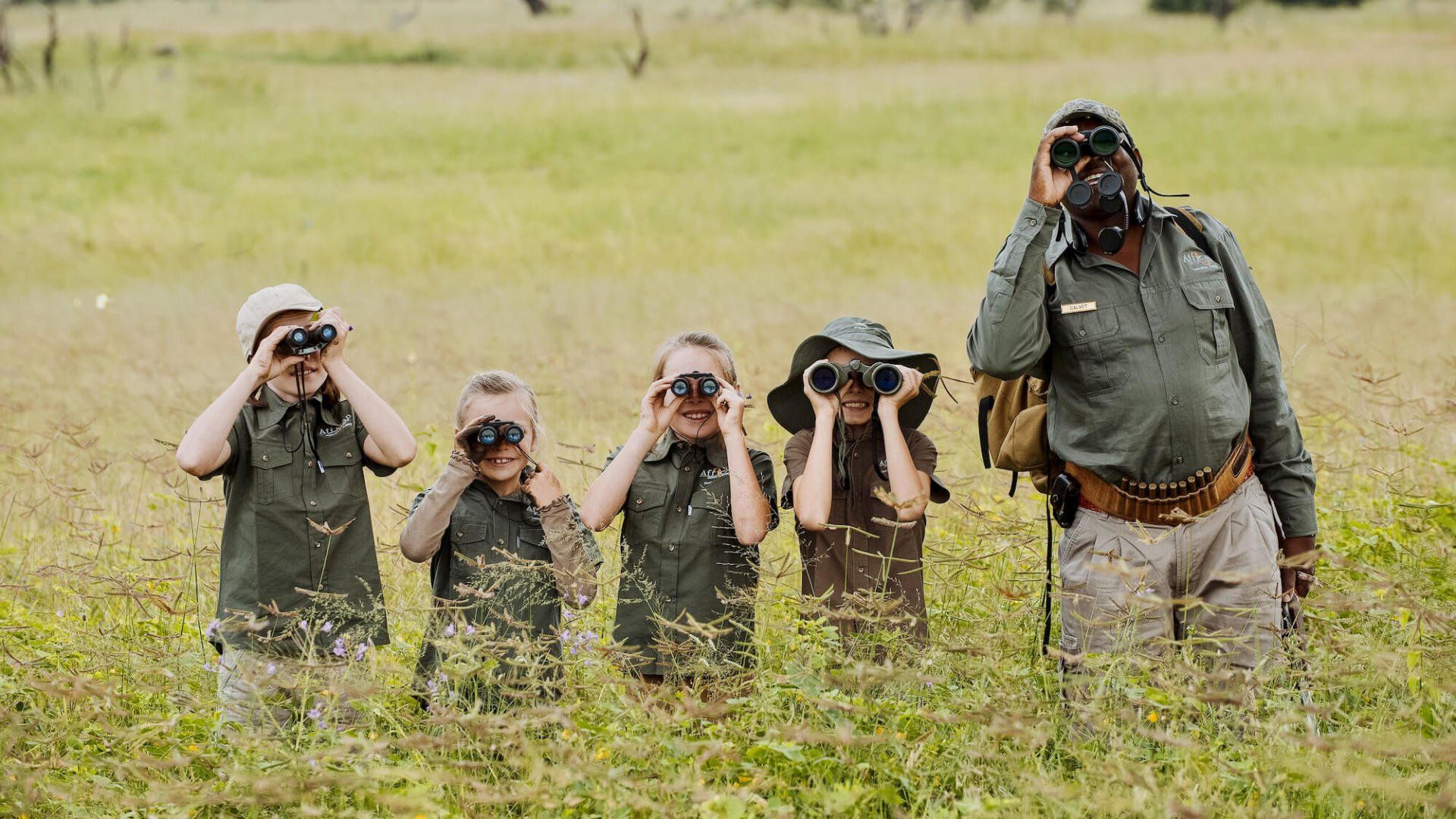
By Predators Safari Club
•
02 Mar, 2020
For those parents with a sense of adventure, Tanzania is a destination with beautiful attractions, including wildlife, sandy beaches, family-focused guides, superb lodges with swimming pools and good weather. Best Regions for Kids Northern Tanzania: is safari country and Maasai country. It's not cheap, but kids will love seeing the animals, as well as the many colourful cultures. A good selection of child-friendly hotels and restaurants completes the picture. Zanzibar Island: the gentle beaches alone are enough to make the island the perfect family destination. Many hotels also have swimming pools (ideal for passing the time while the tide is out) and spacious grounds, and there's a wide choice of child-friendly cuisine. North-Eastern Tanzania: Saadani National Park makes the northeast a child-friendly choice.
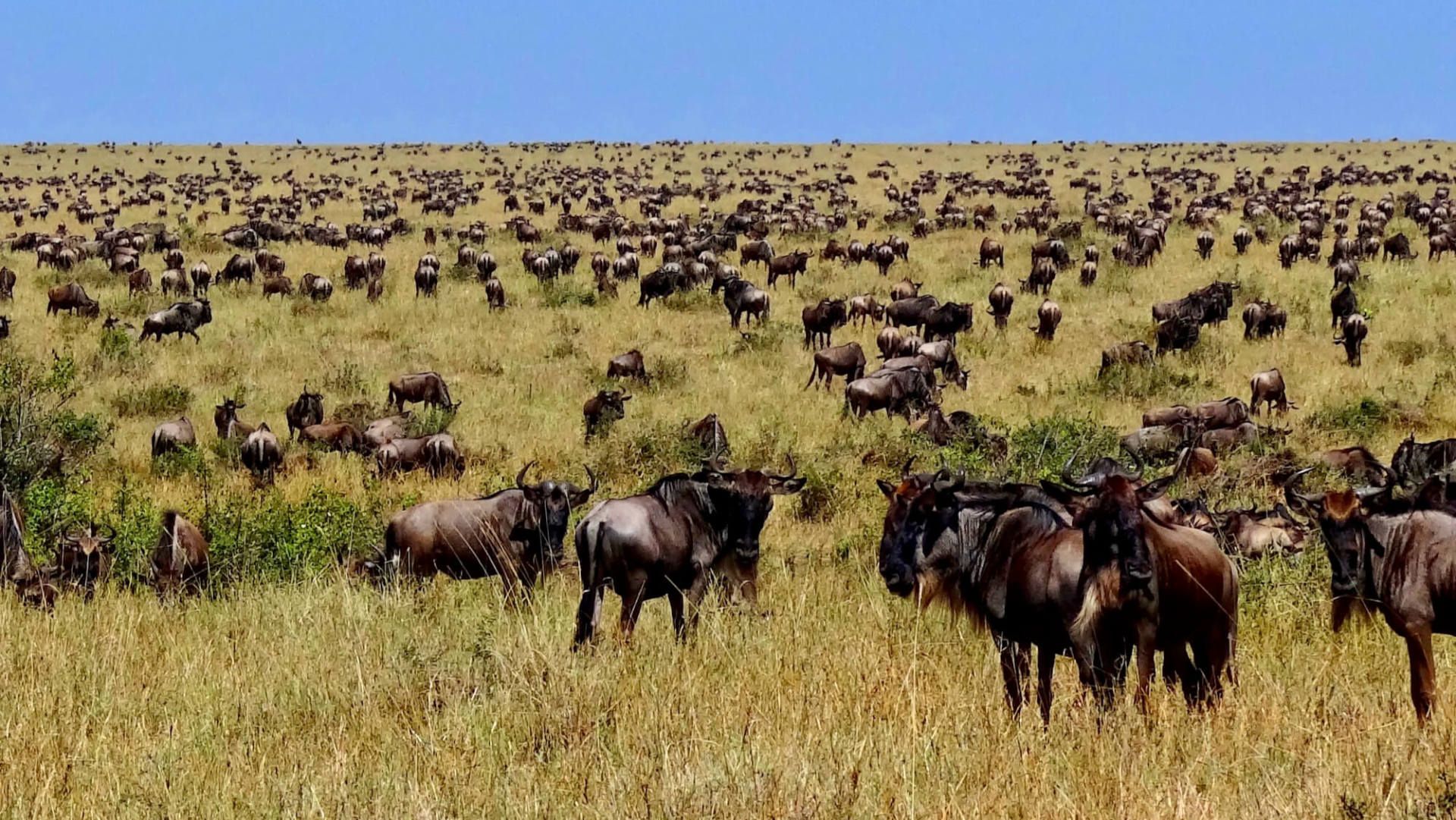
By Predators Safari Club
•
02 Mar, 2020
The Great Wildebeest Migration is one of the "Seven Nature Wonders of the World". It is also the largest single movement of wild animals in the world and the main reason why so many safari-lovers visit Tanzania & Kenya to see one of the world’s most thrilling, intriguing and spectacular displays of wildlife behaviour.
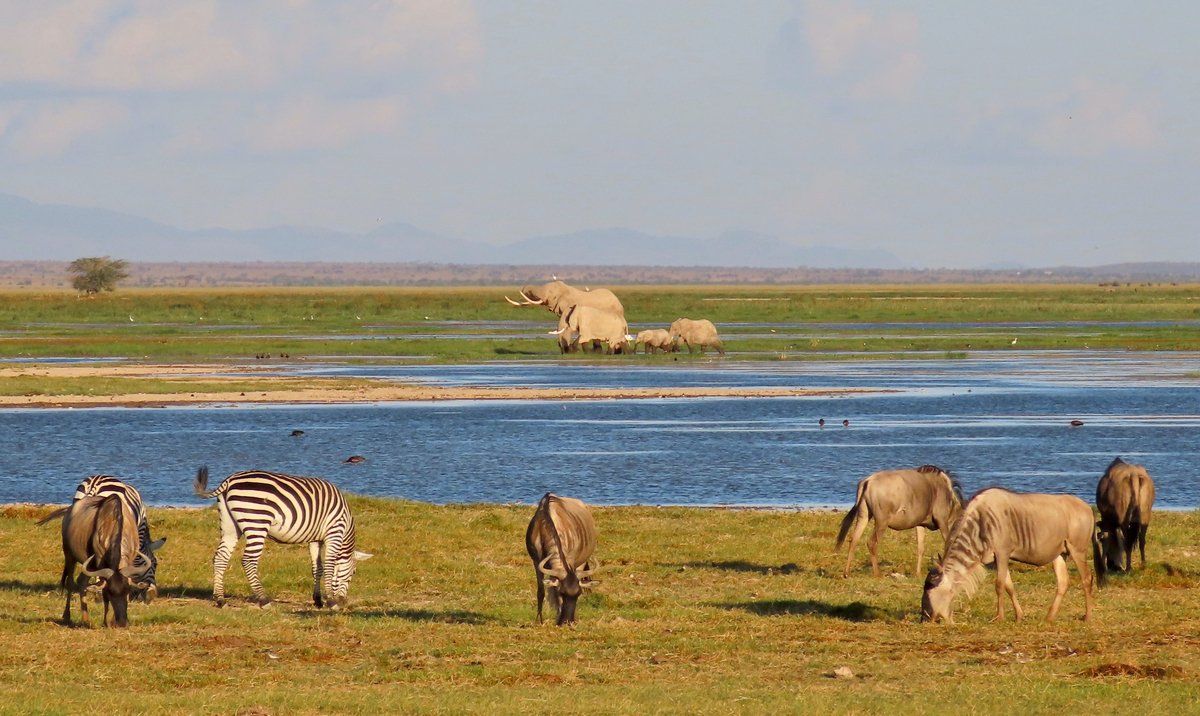
By Predators Safari Club
•
06 Feb, 2020
The park has a dense population of the big five species. The park's most famous residents are its herds of free-ranging elephants, but it is also home to many other rare species which makes it the most interesting thing; the diversity of flora and fauna, within the park and around it.
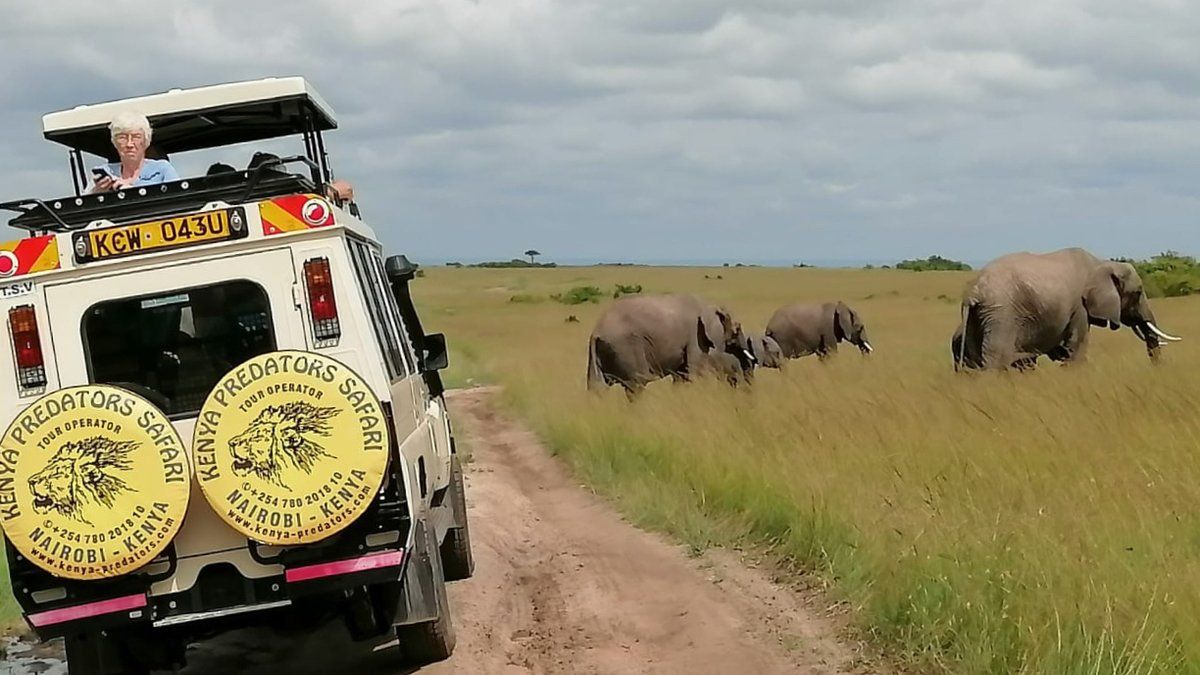
By Predators Safari Club
•
30 Jan, 2020
Predators Safaris managed MANY KENYA SAFARIS in the past, but in 2019 we opened a fully operational office in Kenya (Nairobi) with permanently employed office staff, guides and our own fleet of vehicles for Kenya. You can now enjoy the Predators personal service touches on the same level as in Tanzania
BOOK YOUR KENYA OR TANZANIA SAFARI TODAY!
CALL US TODAY
CONTACT US:
General enquiries:
Tour Operator should contact:
TANZANIA OFFICE:
Predators Safari Club
Namanga Road
Sakina Area
Arusha, Tanzania
Copyright © 2021 Digital Zoo Website Design Company
- All Rights Reserved

